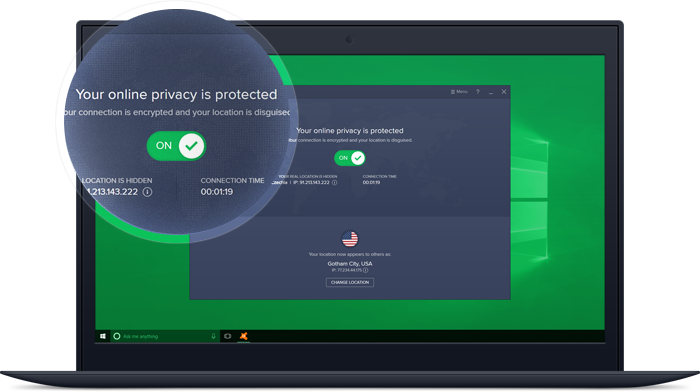


You may try using CNET if you cannot download from our Plugin directly from us, or from the World's most popular download site - by CNET. You can download SoftEther VPN Client + VPN Gate Client Hyper-V Server 2008 / 7 SP1 / Server 2008 R2 SP1 / Vpngate-client-2023.03.Ĭompatible OS: Windows, CPU: Intel x86 and 圆4 The binary file has a countersignature issued byĭownload SoftEther VPN Client + VPN Gate Client Plugin This program filesĪre digitally signed by a certificate issued by GlobalSign. It has a better throughput than L2TP, OpenVPN or SSTP. It will enable you toĬonnect to any of our Public VPN Relay Servers of VPN Gate in a snap. VPN Gate Client Plugin to SoftEther VPN Client. Once done, you will be connected to the VPN.VPN Gate Client download (for Windows, freeware) When prompted, input your Argonne username, and your Argonne password and hit Ok.Once An圜onnect is launched, type in to the field and click “Connect” This will take you to a Box location to download the installer. Under the Cisco Anyconnect section, find the version that fits your computer’s OS and click on the version number.If prompted, login with your Argonne username and password.

You can get the download for it by doing the following: It will not work until you’ve been approved for VPN access. After it’s been approved and added to your account, you can follow the directions below to install the software, though please note you will need to open a ticket with the Argonne Service Desk to accomplish this. If you feel you still need VPN access, please send a ticket to requesting it and listing what applications/processes require it. Typically, the only reason you’d need VPN access is to directly access a machine using Windows protocols such as remote desktop. VPN access is not needed (or recommended) for SSH, accessing Argonne Intranet, using Dayforce, or other Argonne apps. As a first pass, read Getting by without a VPN client and make sure you actually need VPN access. It’s possible you don’t actually need VPN access. We like to limit VPN access to those who actually have a defined need for it so as to reduce the security liability of external computers connecting to our internal networks.


 0 kommentar(er)
0 kommentar(er)
